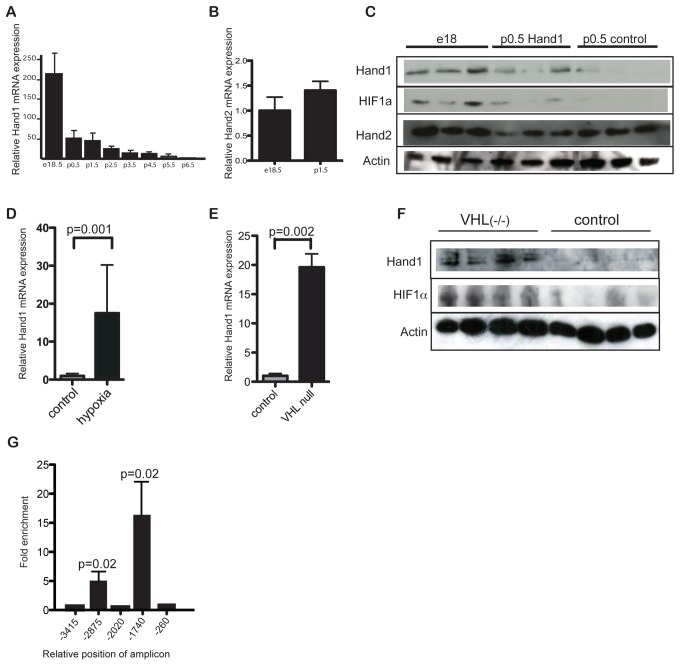Figure 1. Hand1 levels fall in the heart immediately following birth, under control of hypoxia signaling.
(A) RTPCR for Hand1 RNA from whole hearts of perinatal mice at a range of stages around birth, showing a steep decline in expression from birth. Levels expressed as a multiple of average 6-wk-old adult levels (n = 4 each group). (B) Levels of cardiac Hand2 RNA do not fall at birth. Levels of Hand2 at p1.5 normalised to e18.5 levels (n = 6 each group). (C) Western blot of protein extract from e18 (prenatal) control, p0.5 XMLC-Hand1, and p0.5 control hearts showing reduction in Hand1 but not Hand2 protein levels after birth, and persistence of Hand1 expression in XMLC2-Hand1 hearts. (D) RTPCR showing increased Hand1 RNA levels in hearts of adult wild-type mice incubated at 12% oxygen for 2 wk (“hypoxia”) over controls at normoxia (20% O2) (n = 4 each group) (p = 0.001, two-tailed t test). (E) RTPCR showing significantly increased Hand1 RNA levels in the hearts of p0.5 neonatal α-MHC-Cre::VHL(fl/fl ) mice compared with wild-type controls, p = 0.0002 two-tailed t test, n = 6 each group. (F) Western blot of protein extract from VHL(fl/fl) and control hearts at p0.5, showing elevation of Hand1 and HIF1α in VHL(fl/fl) hearts. (G) RTPCR of chromatin immunoprecipitation assay using anti-HIF1α antiserum and primers to the HIF motif-containing sequences in the Hand1 promoter from e18 hearts, showing binding of HIF1α to two sites. Bars represent summation of three experiments, and results expressed as multiples of signal for nonamplified sequence. The p values are two-tailed t tests relative to nonamplified γ-crystallin primers.

